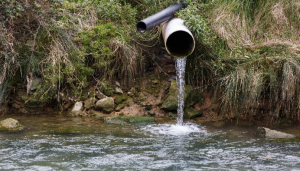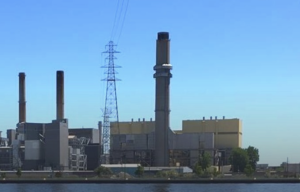Currently there are currently more than 200 coal-fired power plants in the U.S. But the country continues to move away from its peak coal production in 2011 and by 2026 it is anticipated that we will have retired half our coal capacity. According to the Environmental Law & Policy Center this trend of closing and decommissioning plants is happening with no real game plan place for use of the closed facilities. Many simply sit as fenced off brown fields.

And Policy Center
It goes without saying a closed coal plant is not a paradise or panacea. They leave behind a negative legacy of contamination with years of having emitted toxic pollutants into surrounding air, water and soil. Historically, because of their reliance on water for cooling, coal plants were located in high value, both environmentally and in real economic terms, areas including rivers’ edges, wetlands, lakefronts. And as Howard Learner. President and Executive Director of the Environmental Law & Policy Center, (ELPC) pointed out to Christopher Hemingway Jaynes of EcoWatch, in some cases they were “right next door to a state or international wildlife refuge. For example, the Trenton Channel Coal Plant, about 20 miles south of Detroit, is adjacent the Detroit International Wildlife Refuge.

And Policy Center
The PPTP initiative is spearheaded by ELPC. They are working in collaboration with communities and stakeholders like environmental groups, municipal governments and utilities. The goal of the PPTP initiative is to transition some of the retired wasteland of coal plants into environmental sanctuaries. And whereas some coal plants were generating electricity the ELPC is envisioning renewable energy hubs, energy storage and solar projects. Old railway infrastructure historically for coal plant needs will be reimagined as a modern transportation hub. Central to the initiative is integrated benefit to the community including green spaces, parklands, greenways, wildlife habitats, green energy generation and community economic revitalization.
The Daniel E. Karn Power Plant being decommissioned sits on the Saginaw Bay of Lake Huron. This is a critical area for migratory birds. The Bay and its wetlands provide habitat for more than 1,000 species. According to Learner of the ELPC, “ It is a crucial stopover on the Central Flyover of North America. ELPC is collaborating with Saginaw Basin Land Conservancy on site planning. The plant will be converted into a solar energy facility as well as parks, wildlife habitats and community green spaces. In the long term hopefully reversing the environmental scars of the past.
